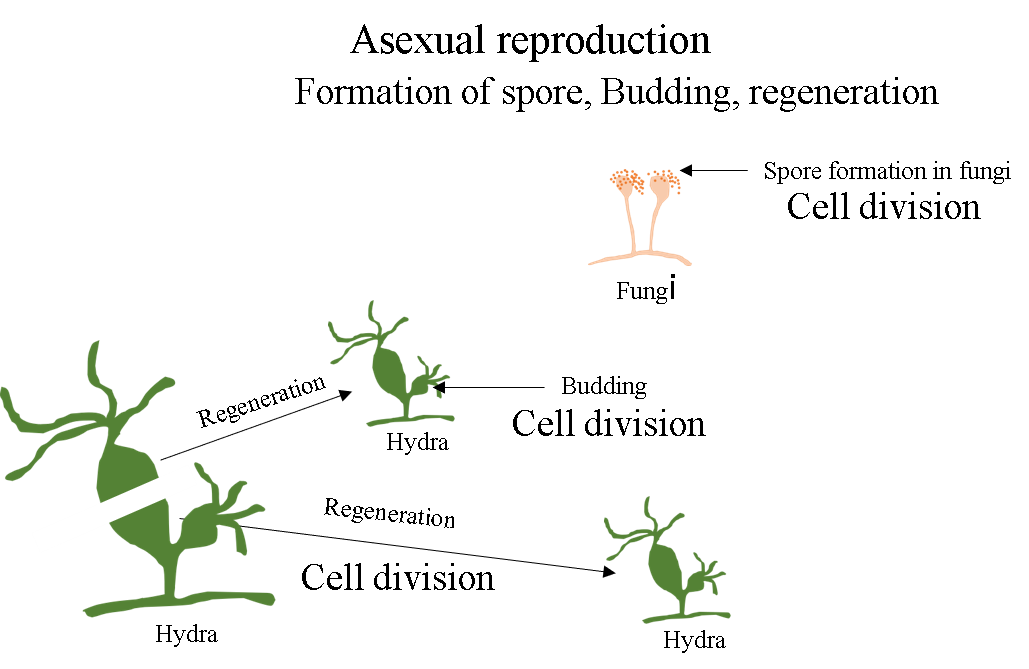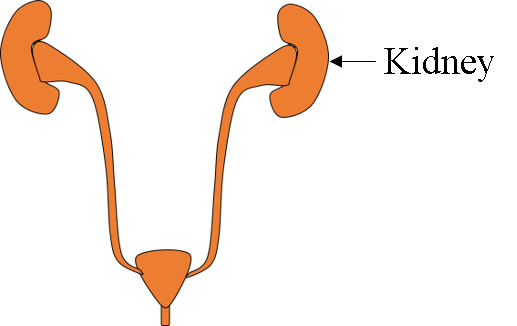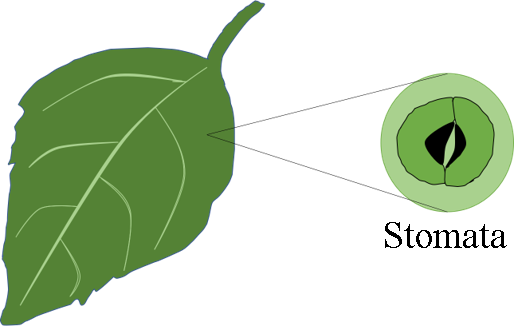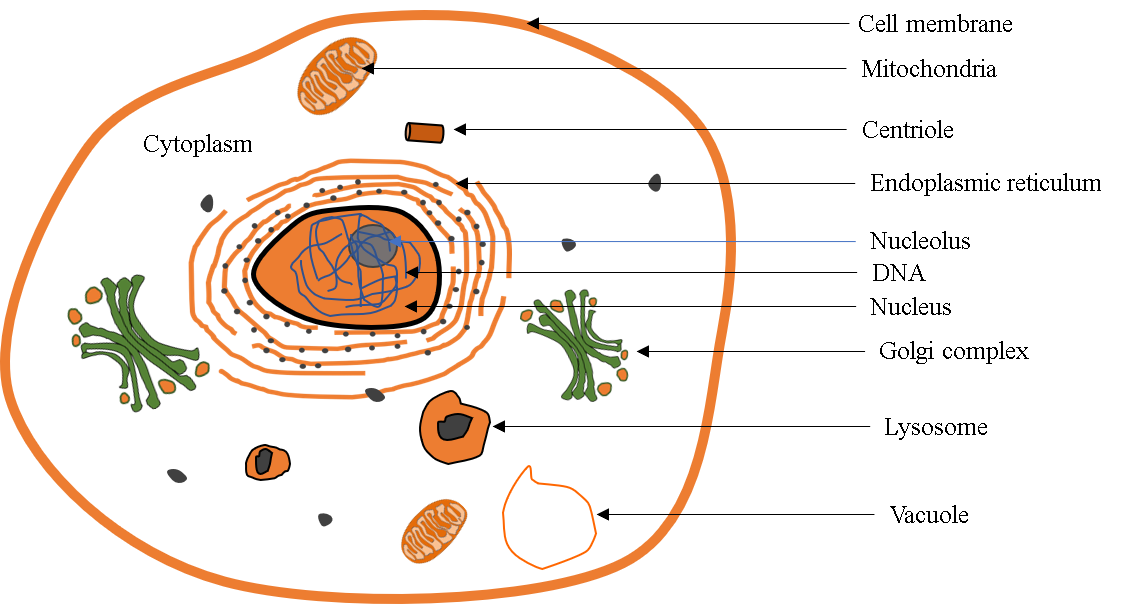Your cart is currently empty!
What is living
What is living
Living organisms are different from nonliving matter. There are some distinct features that separates living organisms from nonliving matter. These distinct features are
-
growth
-
Reproduction
-
Movement and locomotion
-
Excretion
-
Sensitivity
-
Cellular organization and
-
Metabolism
The growth, Reproduction, Movement and locomotion, Excretion are not defining features of living organisms while Sensitivity, Cellular organization and Metabolism are called defining features of living organisms. The defining features are the characteristics of living organisms that confirm the presence of life.
Growth
Growth refers to the increase in size or numbers. In biology, growth refers to increase in size or volume. Growth is achieved through increase in numbers of cells by cell division in case of multicellular organisms. Cell division takes place inside the body. The growth achieved due to the internal cause is called intrinsic growth. For example, a froglet become an adult due to intrinsic growth.
In case of nonliving matter, the growth is extrinsic. Accumulation of matter results into extrinsic growth. Extrinsic growth is observed in nonliving matter. For example, extrinsic growth of termite mound.
Growth is not observed in unicellular organisms. Growth is exclusively shown by multicellular organisms. Growth is not a defining feature of living organisms.
Reproduction
Reproduction is the process of giving birth to the new organism or the process of self-replication. There are two types of reproduction
- Sexual reproduction
- asexual reproduction
In Sexual reproduction, union of male and female gametes leads to the formation of zygote and the zygote develops into the new organism.
Asexual reproduction takes place through formation of spore, budding, regeneration etc.
There is a difference between sexual reproduction and asexual reproduction. The basic difference between sexual reproduction and asexual reproduction is that the asexual reproduction is achieved through cell division which is responsible for growth in multicellular organisms. That is why the reproduction is not the defining feature of living organisms.
Movement and locomotion.
Movement is the characteristic feature of the living organisms. A living organism moves its body parts by itself. Locomotion is the change in position. Movements of body parts leading to change in position is called locomotion. A nonliving thing may move or change its position. However, it is not movement, because it can not move by itself. Movement is not defining character of living organisms. Because, a nonliving matter may show movement or locomotion. One such example is “the earth revolves around the sun”.
Excretion
Excretion refers to the elimination of waste from the body. in higher organisms, special excretory organs develop to perform the function of excretion. For example, kidney. In plants, the excretion of CO2, Water etc., is carried out by stomata of leaves. In case of unicellular organism such as amoeba, a contractile vacuole containing waste material is formed to release the waste from the cell.
The excretion is not a defining character of living organisms.
Sensitivity and consciousness.
Sensitivity is the ability to perceive the change in the environment and the consciousness is the state of sensitivity. The living organisms have sense. That means, living organisms can perceive the change in their surroundings. The change in the environment is called stimulus (singular) or stimuli (Plural). The temperature, light, water, presence of predators, chemicals etc., are the stimuli. The higher organisms have sense organs such as eyes, ears, skin etc., to perceive the presence of stimuli. Unicellular organisms also show sensitivity to stimuli. Responding to such stimuli is also a characteristic feature of living organism. Sensitivity and consciousness is exclusively shown by the living organisms. Nonliving matters do not have such quality. Sensitivity is the defining features of living organisms.
Cellular organization
The cell is the smallest unit and basic or fundamental unit of life. It forms the tissues in the multicellular organisms. The tissues form the organs. The three main parts of cell is cell membrane, cytoplasm and nucleus. The cell membrane is the outer covering of the cell. Cytoplasm lies in between the nucleus and cell membrane. The cytoplasm consists of cell organelles such as Golgi apparatus, mitochondria, endoplasmic reticulum, centriole, vacuoles etc. A cell can live on its own. The arrangement of different components of cell are referred to as cellular organization. Each component of cells performs its function to carry out the process of life. Nonliving matter does not exhibit such type of organization. Cellular organization is the defining feature of living organisms.
Metabolism
Living organism needs food for survival. Food inside the body is broken down into small molecules and then these molecules are used to build new molecules and used as source of energy. The entire process of breakdown and building new molecules are called metabolism. The process of metabolism is a vital process exclusively shown by the living organisms.
Metabolism is the defining characteristic of living organism.








